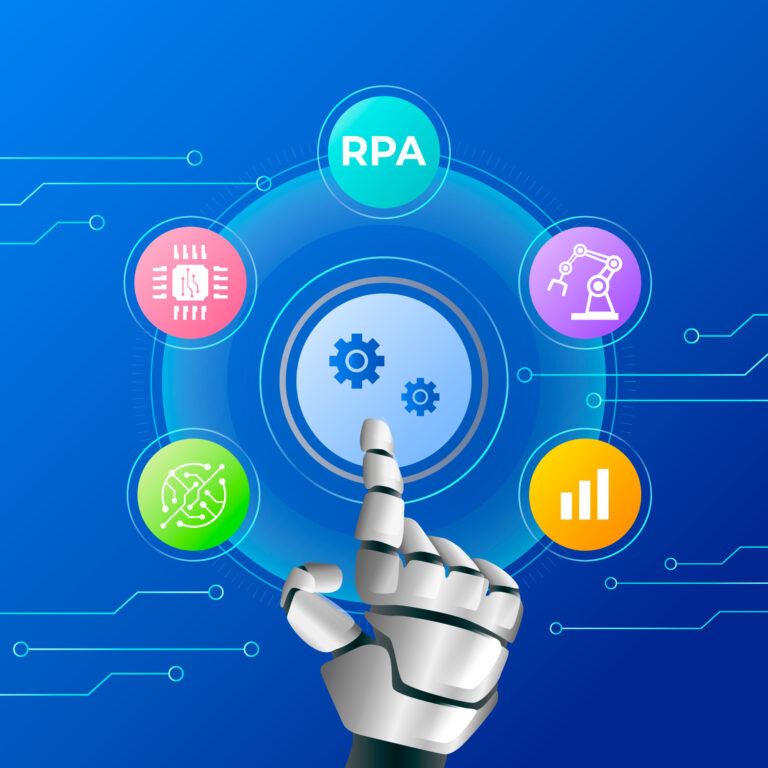Wolfsburg, Lower Saxony, is home to the world’s largest auto plant. It hums with more than 60,000 workers aided by 5,000 robots that pick parts from inventory, spray glossy overcoats, and install engines. It’s a delicate balance of business process automation (BPA) and robotic process automation (RPA) that churns out nearly 4,000 Volkswagens per day.
For most businesses, their automation efforts aren’t as apparent as a robotic arm. They work behind the scenes through software and apps to increase productivity and boost efficiency.
So what’s the difference between these two vital strategies, BPA and RPA, and how do they work hand in hand?
What is Business Process Automation (BPA)?
Business Process Automation (BPA) turns a workflow’s step-by-step tasks into an automated sequence. McKinsey estimates over 31% of businesses fully automate at least one function. The “how” is plentiful: put a magnifying glass on a specific task within a workflow, and you’ll see exactly what technologies are at work. Automated technologies like artificial intelligence, intelligent document processing, and, yes, robotic process automation are just a handful of tools you can use to get the job done.
What is Robotic Process Automation (RPA)?
Robotic process automation (RPA) is just one specific method you can use to speed up manual work. For most businesses, their sentry of robotic workers is invisible. They work under the hood, performing integral tasks with no human intervention, like:
- Sales admin: Automatically pass client information like company name and address from a contract to a CRM
- Marketing: Instantly copy and paste enrollment dates into an email marketing service to celebrate customer anniversaries
- Accounting: Transfer information from a PDF invoice into your accounting software
- Data validation: Flag accounts with missing data
RPA is a whiz at following rules and highly praised for its accuracy. This type of automation focuses on automating manual tasks such as data entry, document processing, and file management—tasks with a precise blueprint of instructions.
As you can see, both types of automation are good options for businesses looking to streamline their operations; however, they differ in terms of what they do and how they do it. BPA zooms out: it is a mindset that applies to the whole of your organization. Zoom in, and you might find RPA automating the routine tasks that don’t require human intervention.





